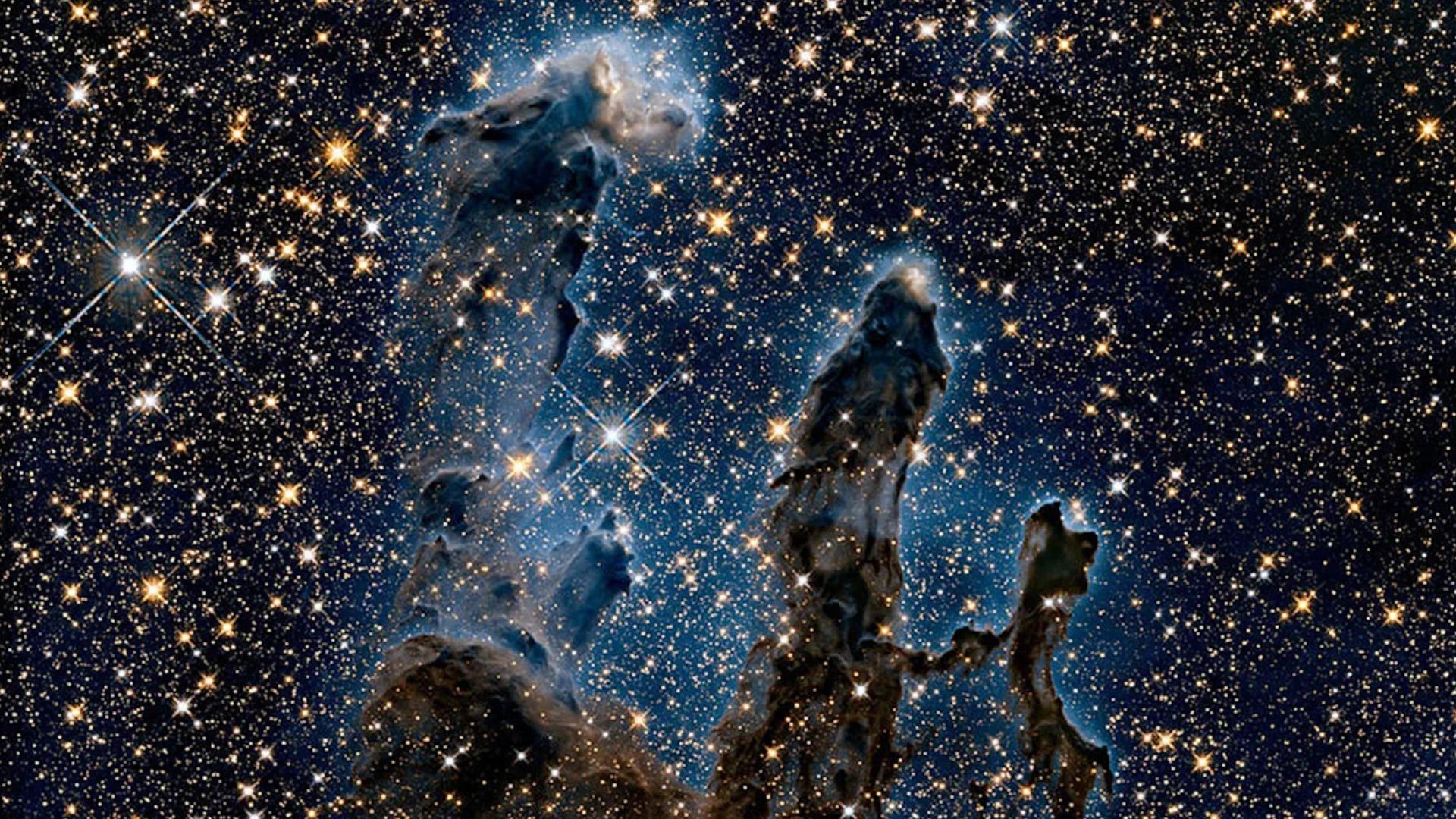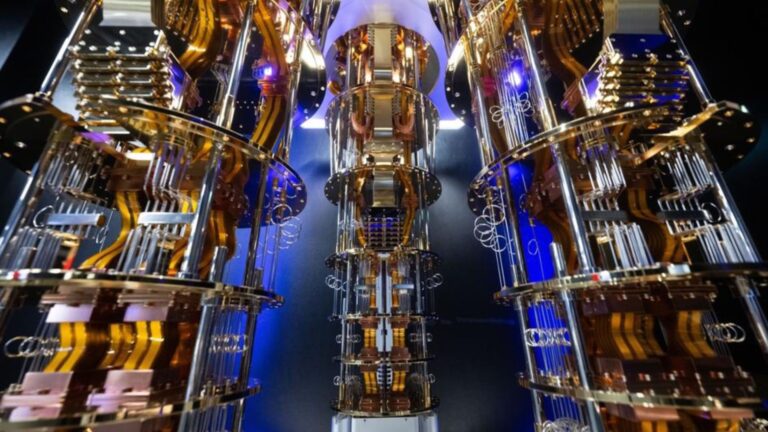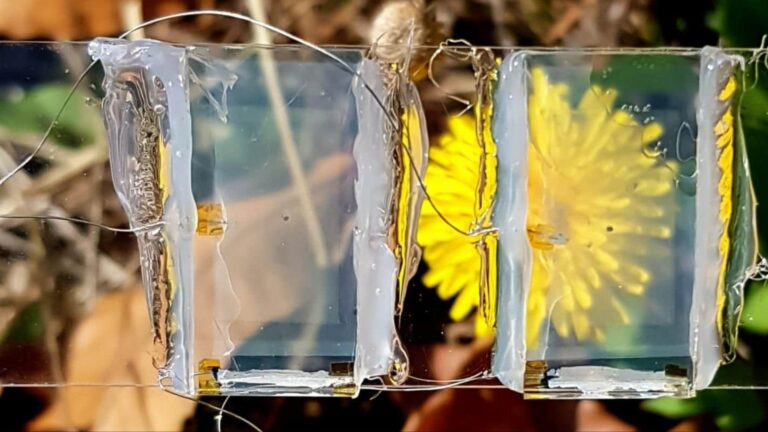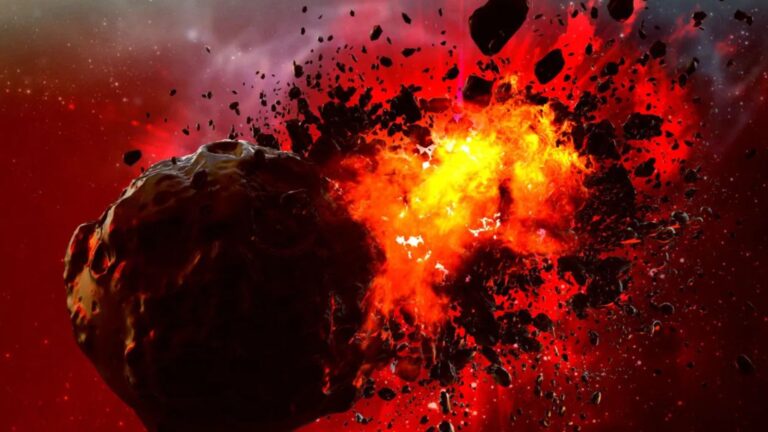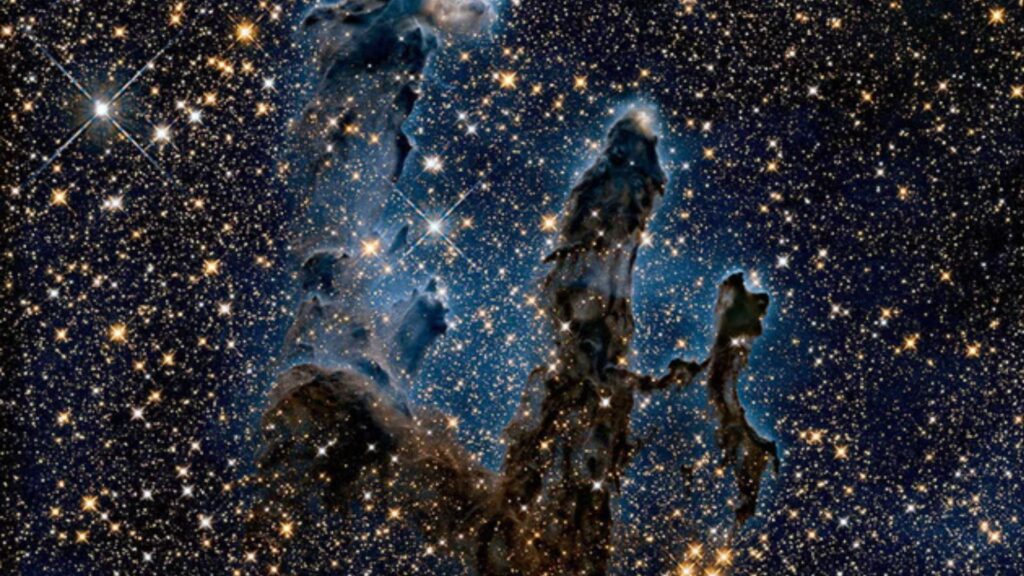
Cosmic dust grains that seed stars and planets are far more porous than once believed, according to a comprehensive new study published in Astronomy & Astrophysics Review. This discovery could reshape our understanding of molecular formation in space and the origins of life.
An international research team led by Dr. Alexey Potapov of Friedrich Schiller University Jena and Professor Martin McCoustra of Heriot-Watt University in Edinburgh has demonstrated that cosmic dust grains are not compact rocks but highly porous “sponges,” with voids exceeding 99 percent. The findings challenge decades-old assumptions about interstellar chemistry and planetary formation and may revolutionize models of how complex molecules—and ultimately life—emerge in the universe (The Independent).
Background
For much of the past century, astronomers treated interstellar dust grains as solid, rocky particles that accrete ice mantles and catalyze simple chemical reactions on their surfaces. Early telescopic observations lacked the resolution to probe grain structure, and laboratory analogues were often prepared as compact, pressed aggregates (AOL). In the 2014–16 European Space Agency Rosetta mission, however, sensors at comet 67P/Churyumov-Gerasimenko detected extremely fragile, fluffy dust fragments with porosities above 99 percent—hinting at an unexpectedly sponge-like morphology (ITV).
Historical skepticism about molecules forming in space—on the grounds that the vacuum and intense radiation would destroy fragile bonds—gave way in the 1970s when astronomers first detected simple molecules such as formaldehyde and water. Researchers realized then that dust grains might shield and catalyze chemistry, but the assumption of solid grains persisted into modern astrochemical models (Yahoo).
Laboratory and Observational Evidence
Dr. Potapov’s team combined years of laboratory experiments on cosmic dust analogues with analysis of observational data from telescopes and space missions. By simulating interstellar conditions—extreme cold, low pressure, and ultraviolet irradiation—they created analogues whose microstructure was probed via electron microscopy and porosimetry. The results showed open networks of voids comparable in scale to the wavelength of infrared light, indicating a fractal, sponge-like architecture rather than solid spheres (The Independent).
Professor McCoustra explained, “In fact, they’re more like fluffy little sponges, riddled with tiny voids, rather than miniature rocks” (The Independent). The ESA’s Rosetta findings provided crucial in-situ corroboration, observing dust particles shedding from 67P with densities so low they would collapse under minimal mechanical stress (ITV).
Implications for Astrochemistry and Origins of Life
The newfound porosity increases the effective surface area of dust grains by orders of magnitude. A larger catalytic surface accelerates chemical pathways that produce complex organic molecules, such as amino acids and nucleobase precursors. “If these grains are porous, that means they have a far greater surface area than we thought,” said Dr. Potapov. “That could radically change our understanding of how molecules form and evolve in space” (AOL).
Porous grains also host thinner ice mantles, leaving more bare grain surface exposed for photochemistry and radical reactions. Ice layers protect molecular intermediates from dissociation by ultraviolet light, but overly thick coatings can trap reactants. A balance—facilitated by sponge-like grains—may optimize the yield of prebiotic compounds in cold clouds before stars ignite.
Scientific Debate and Modeling Challenges
Not all experts agree on the pervasiveness or stability of such ultra-porous grains. Some theoretical models argue that highly porous structures would cool too efficiently, leading to temperatures that conflict with infrared emission spectra of interstellar clouds. Others caution that fluffy aggregates might fragment or compress rapidly under weak shock waves, altering their chemistry mid-journey (Yahoo).
Professor Emeritus Elena Ivanova at Moscow State University counters that even if porosity decreases over time, the initial “window” of high surface area during early star formation phases could still drive significant molecular complexity. Further observational campaigns—using the James Webb Space Telescope’s mid-infrared spectroscopy and upcoming missions like the ESA’s SPICA—are planned to resolve these questions.
International Response
The discovery has sparked interest across the astrochemistry and astrobiology communities. NASA’s Astrochemistry Program Office convened a virtual workshop in August to discuss incorporating porosity into chemical kinetics codes. In Japan, the Institute for Space and Astronautical Science is preparing laboratory campaigns on the next-generation KU-BAND beamline to replicate interstellar radiation fields with porous analogue samples.
Expert Opinions
“Porous dust grains open up new pathways for understanding the molecular origins of life’s building blocks,” said Dr. Carla Ceccarelli of the Institut de Planétologie et d’Astrophysique de Grenoble. “This forces us to rethink the surface chemistry network in dark clouds.” (The Independent)
“We must update our models to include fractal geometries,” noted Dr. Thomas Henning of the Max Planck Institute for Astronomy. “It’s no longer sufficient to treat dust as hard spheres.” (ITV)
Future Outlook
Ongoing work will integrate porosity parameters into astrochemical simulations, compare predictions with high-resolution spectra of protostellar regions, and conduct microgravity experiments on the International Space Station. As models evolve, the community anticipates that accounting for sponge-like dust grains will refine timelines for molecular assembly and provide deeper insight into how life’s precursors emerge in the cosmos.




